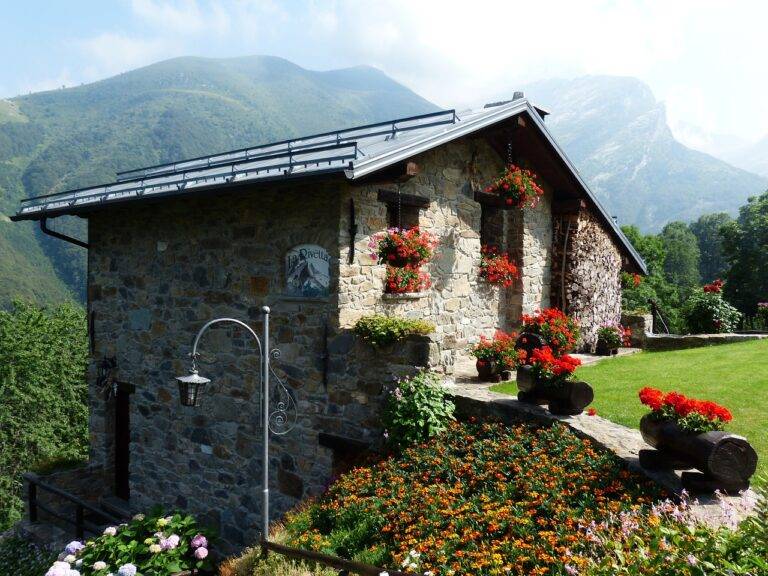Top Tips for Choosing the Right Roofing Material
In considering the impact of climate and weather conditions on structures, it is crucial to acknowledge the diverse range of environmental challenges that may arise. Extreme temperatures, high humidity levels, intense sunlight exposure, heavy rainfalls, and strong winds are all factors that can significantly affect the durability and performance of buildings over time. Structures located in regions prone to hurricanes, tornadoes, earthquakes, or other natural disasters must be designed and constructed with a keen awareness of these unique climatic conditions to ensure their long-term resilience.
The interaction between fluctuating weather patterns and building materials is a fundamental aspect to consider when evaluating the durability of structures. Heat, cold, moisture, and UV exposure can all accelerate the deterioration of materials such as concrete, wood, metal, and plastic, leading to cracks, warping, corrosion, discoloration, and overall structural instability. By understanding how different environmental elements can impact the integrity of a building, architects, engineers, and construction professionals can proactively implement strategies to enhance the longevity and sustainability of structures in diverse climate zones.
Durability and Longevity
When considering the durability and longevity of a product, it is crucial to take into account the materials used in its construction. High-quality materials such as stainless steel, aluminum, or reinforced plastics are known for their ability to withstand wear and tear over time. These materials are often chosen for their resistance to corrosion, impact, and weather damage, making them ideal for products intended to last for years.
In addition to material selection, the design and construction of a product play a key role in determining its durability and longevity. Factors such as structural integrity, weight distribution, and assembly techniques can all impact the overall lifespan of a product. By ensuring that a product is built to withstand regular use and external conditions, manufacturers can increase its durability and provide customers with a long-lasting and reliable solution.
How do climate and weather conditions affect the durability of a product?
Climate and weather conditions can significantly impact the lifespan of a product. Exposure to extreme heat, cold, rain, or humidity can cause materials to deteriorate faster, leading to reduced durability.
What factors contribute to the longevity of a product?
The quality of materials used, the construction methods employed, and how well the product is maintained all play a role in determining its longevity. Proper care and regular maintenance can help extend the lifespan of a product.
Are there any specific steps I can take to ensure the durability of a product in different weather conditions?
Yes, you can take steps such as storing the product in a protected area when not in use, applying weatherproof coatings or treatments, and following any specific maintenance guidelines provided by the manufacturer to help maintain its durability in different weather conditions.
How can I protect outdoor furniture from the elements to increase its longevity?
To increase the longevity of outdoor furniture, you can cover it when not in use, apply weather-resistant finishes, and regularly clean and maintain it. Additionally, bringing the furniture indoors during harsh weather conditions can help protect it from damage.
What role does the material composition play in the durability and longevity of a product?
The material composition of a product is crucial in determining its durability and longevity. Materials that are resistant to moisture, UV rays, and wear and tear are likely to last longer than those that are not. It is important to choose materials that are suitable for the specific climate and weather conditions in which the product will be used.





